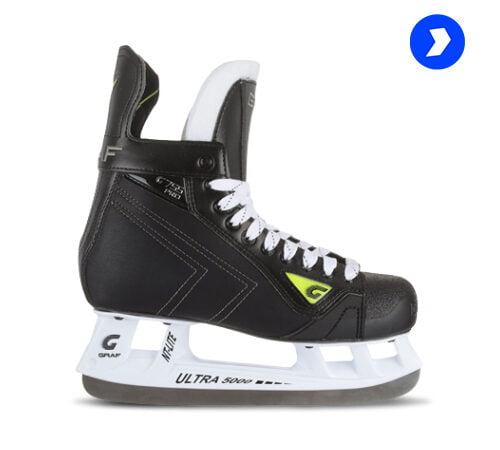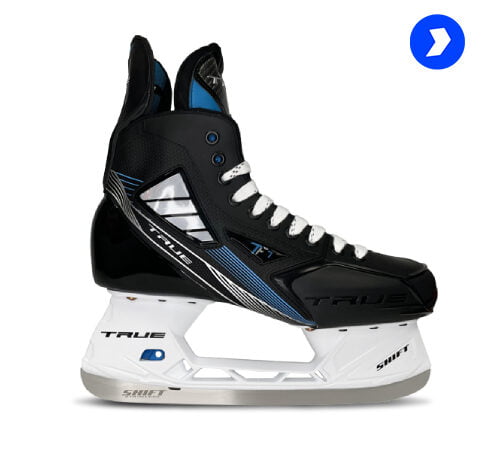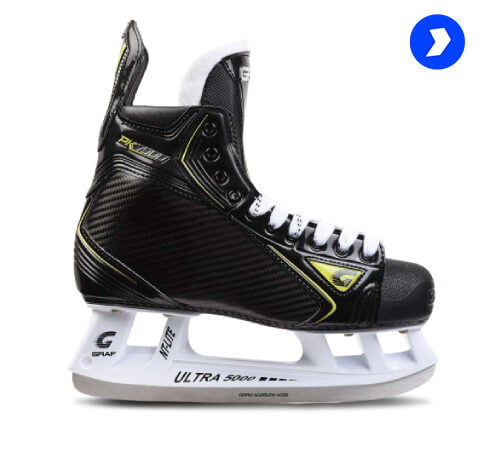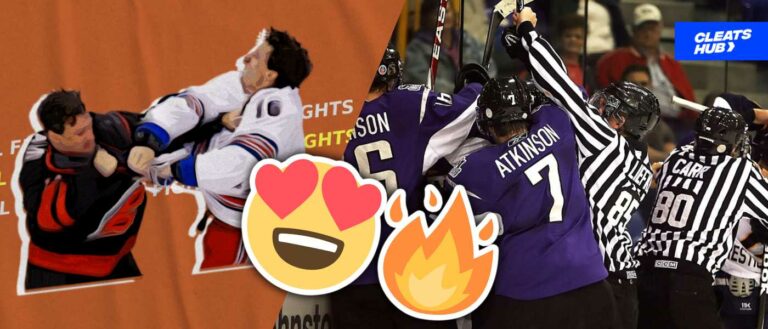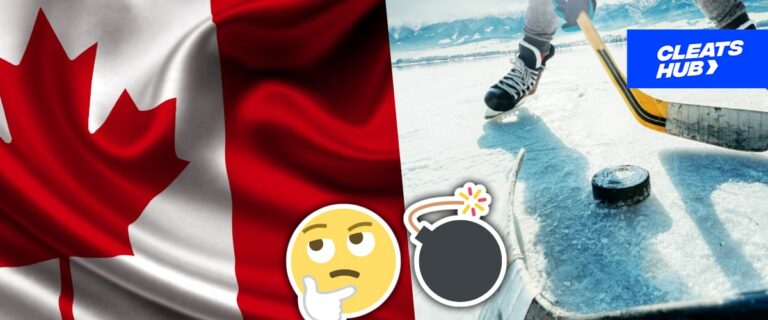Snowing The Goalie: What Is Snowing In Ice Hockey?
What does snowing mean in ice hockey? Why does that matter? In ice hockey, is there even a regulation against snowing opponents? What causes players to snow goalies?
When you hear the word “snowing in ice hockey” you could be wondering things like these. Although there isn’t a regulation prohibiting snowing a player in ice hockey, there are nonetheless consequences for such offenses. Follow me if you want to learn more.
What Is Snowing In Ice Hockey?
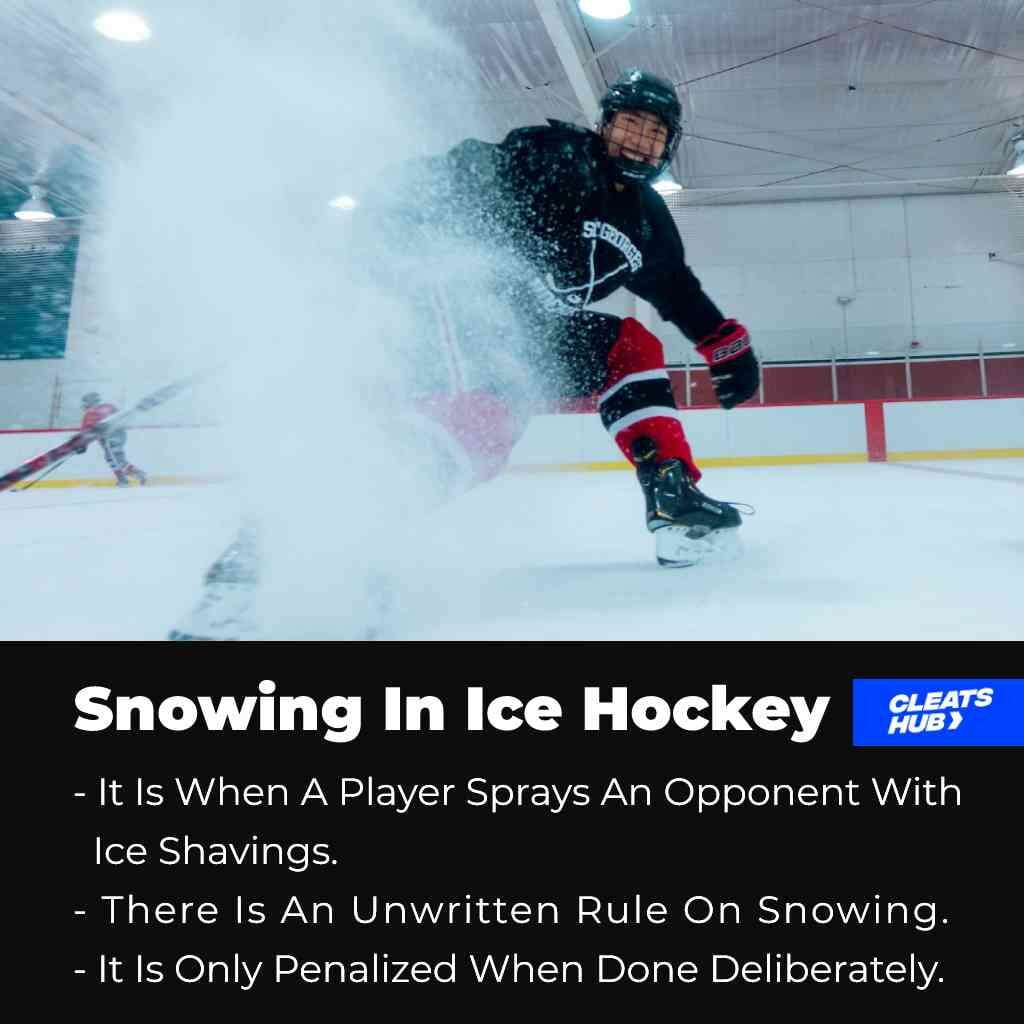
A player who snows an opponent (a goaltender or skater) does so by spraying them with ice shavings. Snowing occurs as a player drifts with his stakes while playing ice hockey. This causes snow shavings to lift off the ice as they are directed at an opponent.
Snowing is an unwritten rule in ice hockey, even though it isn’t technically an offense. That indicates that while there isn’t an official regulation about snowing in ice hockey, there are rules that are often followed
Related post: What Are The Basic Rules of Ice Hockey?
Goalies are sprayed with snow more frequently than skaters (99% more). Why is that so? The reason for this is that when goalies crouch, kneel, or lie down to stop the puck, they are often closer to the ice.
Moreover, players are just being arrogant when they snow, while other times it’s done to confound or intimidate goalies and other players.
In most cases, ice hockey players are unharmed when they are snowed. The action nevertheless demonstrates bad sportsmanship and may cause a collision between players.
How Does Snowing Occur?
In ice hockey, it’s not difficult to snow someone. A player first accumulates momentum by skating very quickly, then, when they get close to the person, they stop suddenly.
A player must pivot his skates to the side to rapidly stop while skating. This movement increases the resistance between the sharp skate blade and the ice, which causes it to scrape the ice off the surface, producing ice shaving.
A player’s face might be sprayed with these ice shavings that fly up because of the action. On some occasions, snowing another player is done intentionally in order to antagonize their opponent, out of annoyance, or simply because they can.
In ice hockey leagues like the NHL, sanctions are imposed on players who are found to have snowed abroad for this purpose.
How Is Snowing Penalized In Ice Hockey
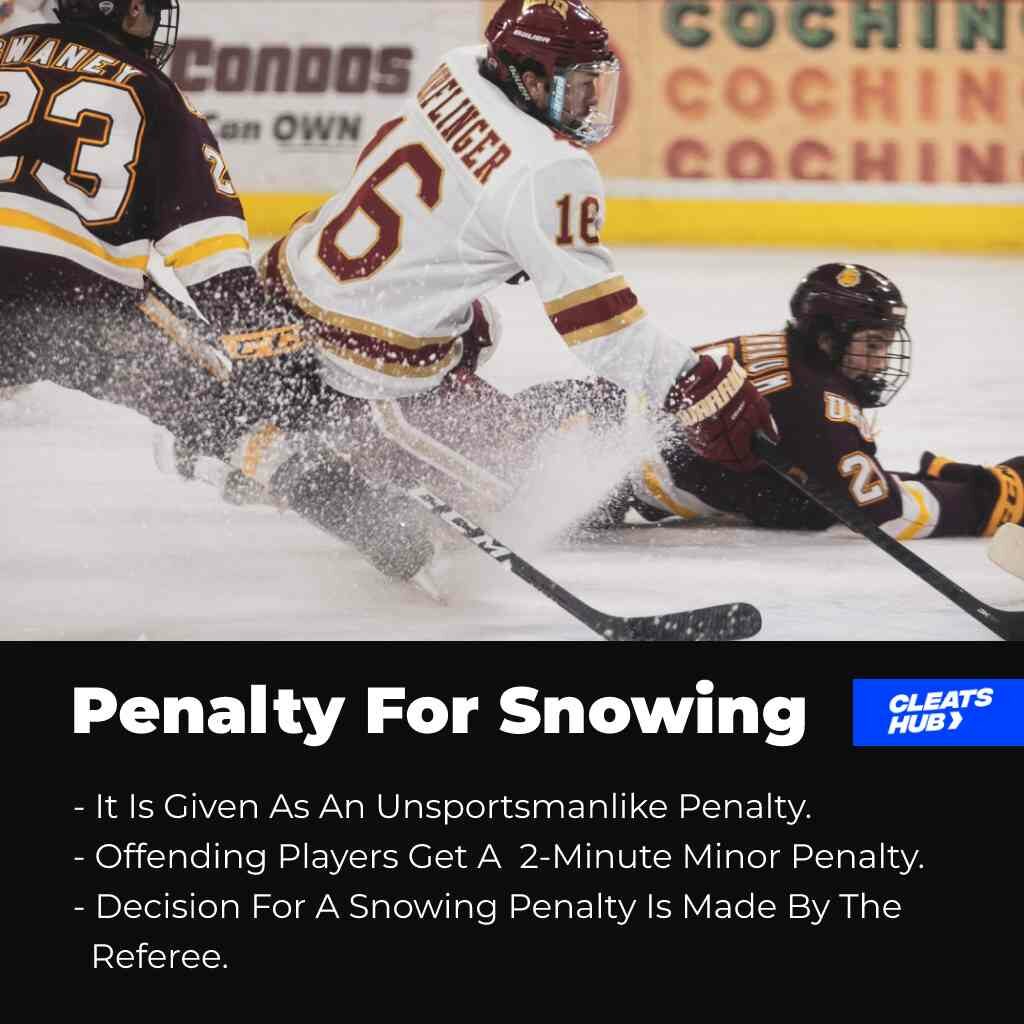
If a player is caught snowing on purpose, they will be punished in ice hockey. This implies that a player does not always face a penalty for snowing another opponent. Every game would include several snowing violations if this were not the case.
As I previously stated, a snowing violation is only issued when the activity is thought to be intentional. Thus, who gets to decide if the action was purposeful or not?
Luckily, the game’s referees are in charge of carrying out that duty. Before deciding that a player’s snowing was intentional, they examine specific characteristics and circumstances. Some examples are (all the circumstances listed here are for snowing on goalies, as that is the typical case):
- When a player skating towards the goalie suddenly speeds up as he gets closer to the goalie and digs his skates hard into the ice, causing ice shavings to fly in the direction of the goalie
- Snowing is caused when a player skates forcefully toward the goalie when he will clearly be unable to catch up with the puck.
- Also, snowing resulting from staking towards the goalie after the whistle has been blown by the referee after the goalie has covered the puck will be counted as an infraction.
- Spraying a goalie while trying to change direction is not considered and does not attract a penalty.
Is It A Penalty To Snow A Goalie?
The referee imposes a 2-minute minor penalty on guilty players if snowing is recognized as a violation. However, since it is not recognized as an infraction in the ice hockey rulebook, it is assessed as an unsportsmanlike offense.
No matter who the offense is directed at (the goaltender or another player) a 2-minute minor penalty will be assessed if it is deemed to be deliberate and unsportsmanlike. Players who repeat the violation face harsher sanctions, including fines, suspensions, or other disciplinary actions decided by the league.
NHL Players Penalized For Snowing The Goalie
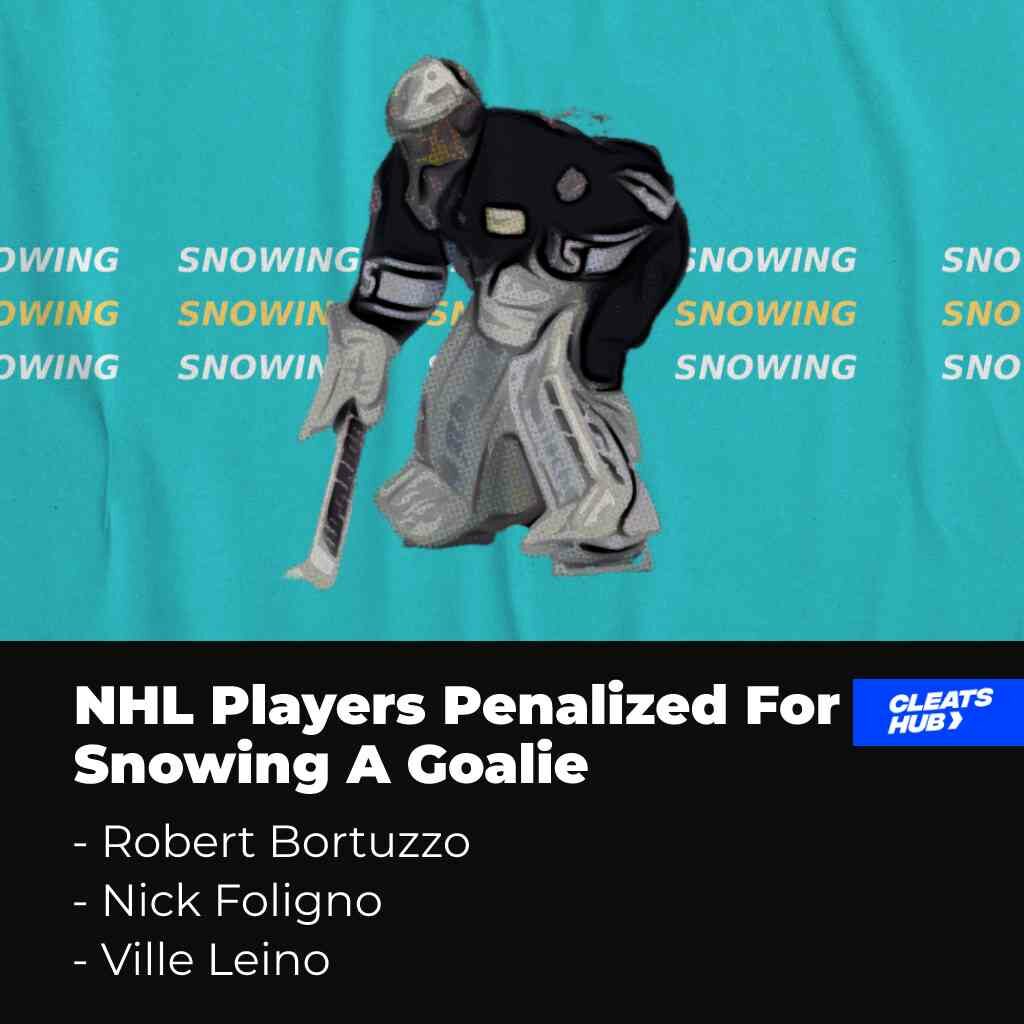
Since snowing goalies is the most common type of snowing for ice hockey players, here are players in the NHL who have been penalized for snowing. Here are three players who have received penalties for snowing a goalie.
1. Robert Bortuzzo (St Louis Blues vs Minnesota Wild)
In the third period of a game between the Minnesota Wild and the Blues, Bortuzzo snowed the goalkeeper. The defenseman started a breakout play into the attacking zone after getting possession of the ball in his team’s defensive zone.
He played the puck for a little too long while attempting to maneuver it between Minnesota’s two defensive studs, Ryan Suter (20) and Mikko Koivu (9). He accelerated, but his mistake was enough for the goaltender to cover the puck.
He was about to halt when he abruptly stopped in front of the goalie, spraying the goaltender in the process. As the referee blew the whistle, he was given a 2-minute minor and sent to the penalty box.
2. Nick Foligno (Pittsburgh Penguins vs Columbus Blue Jackets)
The puck was thrown into the Penguins’ defensive zone during a game between the Penguins and Blue Jackets. The battle for the puck then started between the Penguins’ defensemen and the captain of the Blue Jackets (Foligno)
The puck was covered as it traversed toward the goaltender, who covered it, but when slowing down, Foligno sprayed ice on the goalie. Players from the Penguins got into a fight because they didn’t like their goalkeeper getting sprayed.
Foligno eventually received an unsportsmanlike penalty for snowing.
3. Ville Leino (Boston Bruins vs Buffalo Sabres)
While he was a member of the Sabres, Ville Leino was given a misconduct penalty for snowing the Bruins’ goalie. Only six minutes before the end of the second period of the game, he received an unsportsmanlike penalty.
Prior to the goalies clearing the puck, Leino was in the attacking zone, going after it. As Leino reached the goaltender, he curved the side of his skates in the goalie’s direction, which caused the ice to be shaved in that direction.
Because he was at a safe distance and could easily avoid spraying the goaltender, he was awarded a penalty. The Bruins were defeating the Sabres 3-0, thus his conduct could have been motivated by annoyance.
Dangers Of Snowing In Ice Hockey
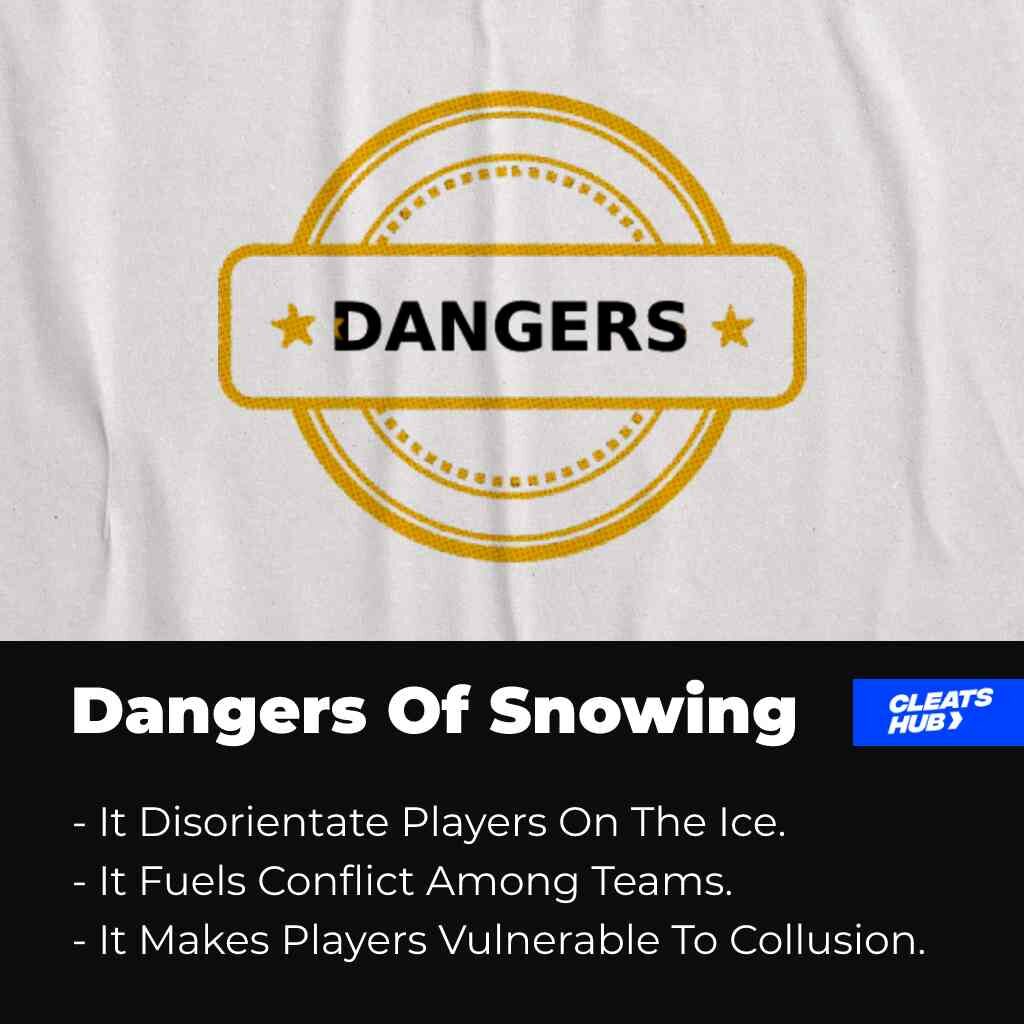
In ice hockey, getting snowed on doesn’t hurt the player in any way. It does no harm, except for the possibility that the person could get temporarily disoriented.
Nevertheless, some goalies typically claim that they are okay with getting doused with ice shavings because it helps them cool off when they become overheated while wearing their protective gear.
While some goalies don’t take it personally when they get snowed, other players on their team do. Whenever someone snows a team’s goaltender, players from that team are known to start a brawl. Also, if the fight is not resolved by the officials quickly, someone can get hurt.
While aiming to irritate your opponent displays a lack of sportsmanship, snowing is prohibited since it is occasionally done to get under the skin of the opposing side.
Lastly, the confusion that spraying may produce might impair eyesight and leave a goaltender or player exposed to collusion. Hockey is a fast-paced sport, therefore a player or goal may remain immobile from an attack for a short duration. This brief period of immobility can result in unanticipated impacts and collusion.
Conclusion
This brings us to the end of snowing in ice hockey, what it means to snow someone, snowing a goalie, and the penalty for snowing. Now that you know about this unwritten hockey rule, you can go about it with a better knowledge of ice hockey.
Thanks for reading.
Psstt…. The Top Performing Cleats


